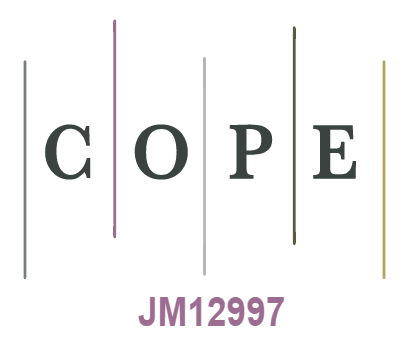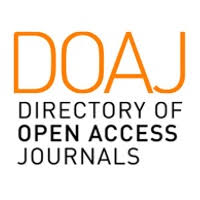PReligious Practices and Conversations in American and Israeli Prime-Time Television Programming
Abstract
This comparative content analysis examines the extent
to which religion finds expression in mainstream TV
programming. The appearance of religious practices,
the level of fulfillment they bring, and the extent to which
they accord with religious law along with the tone of
conversation about religion were coded in 154 hours of
prime-time network programming from the USA and 112
hours of prime-time programming aired by the major TV
stations in Israel. The results indicate a very infrequent
presence of religion in the programming in the two
countries: once in two hours in Israel and once in three
hours in the USA, but while in US programming more than
three quarters of the religious practices brought fulfillment to
their participants and more than 90% of the practices
adhered fully or partly to religious rules, in Israeli shows only
one quarter of the practices brought fulfillment and just half
of them adhered fully or partly to religious rules.
Conversation about religion appeared just as infrequently as
practices did, but its tone was mainly positive in both
countries.
Keywords
Full Text:
PDFViewing Statistics
- Abstract - 215
- PDF - 132
Copyright (c) 2018 Yoel Cohen, Amir Hetsroni

This work is licensed under a Creative Commons Attribution-NonCommercial-NoDerivatives 4.0 International License.
Međunarodna licenca/ International License:
Imenovanje-Nekomercijalno/Attribution-NonCommercial
Pogledajte licencu/View license deeds
Print ISSN 1330-0288 | Online ISSN 1848-6096



